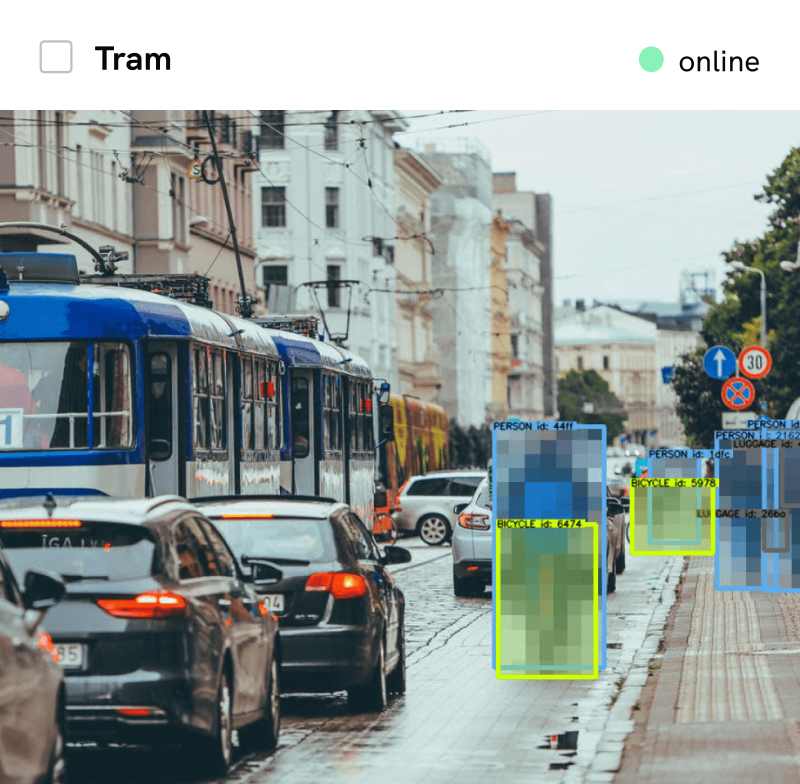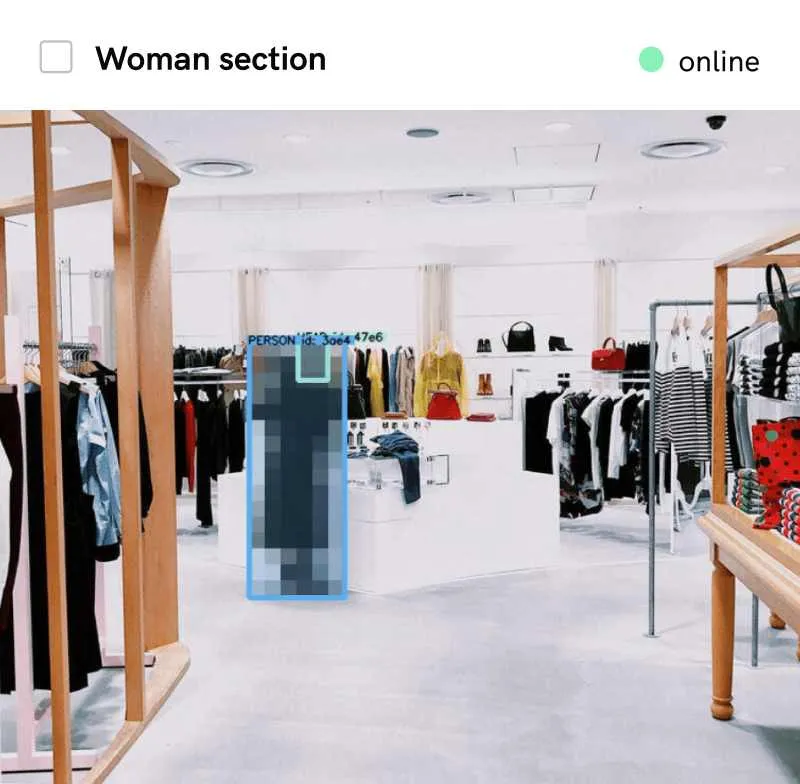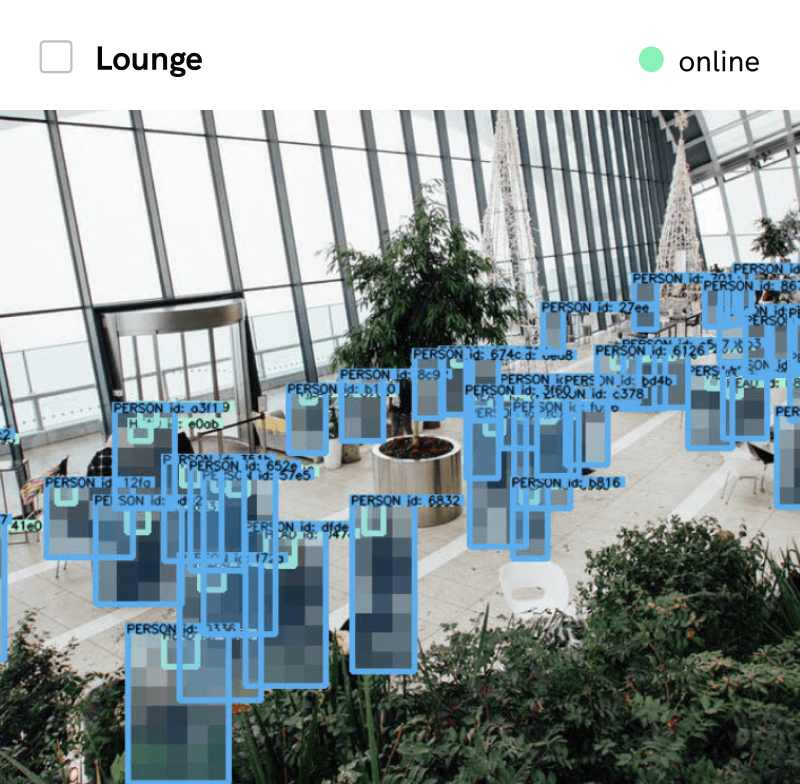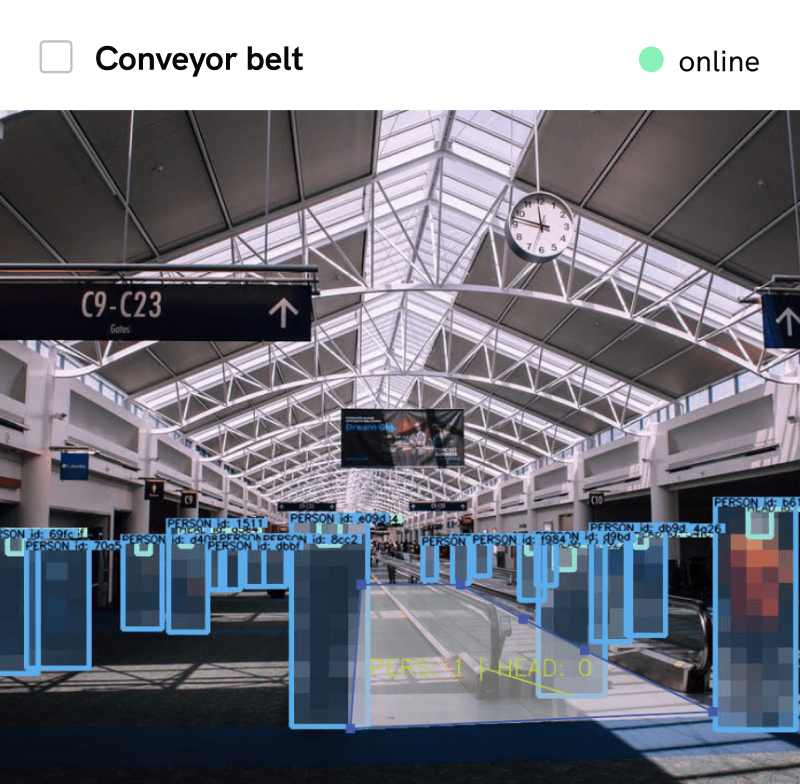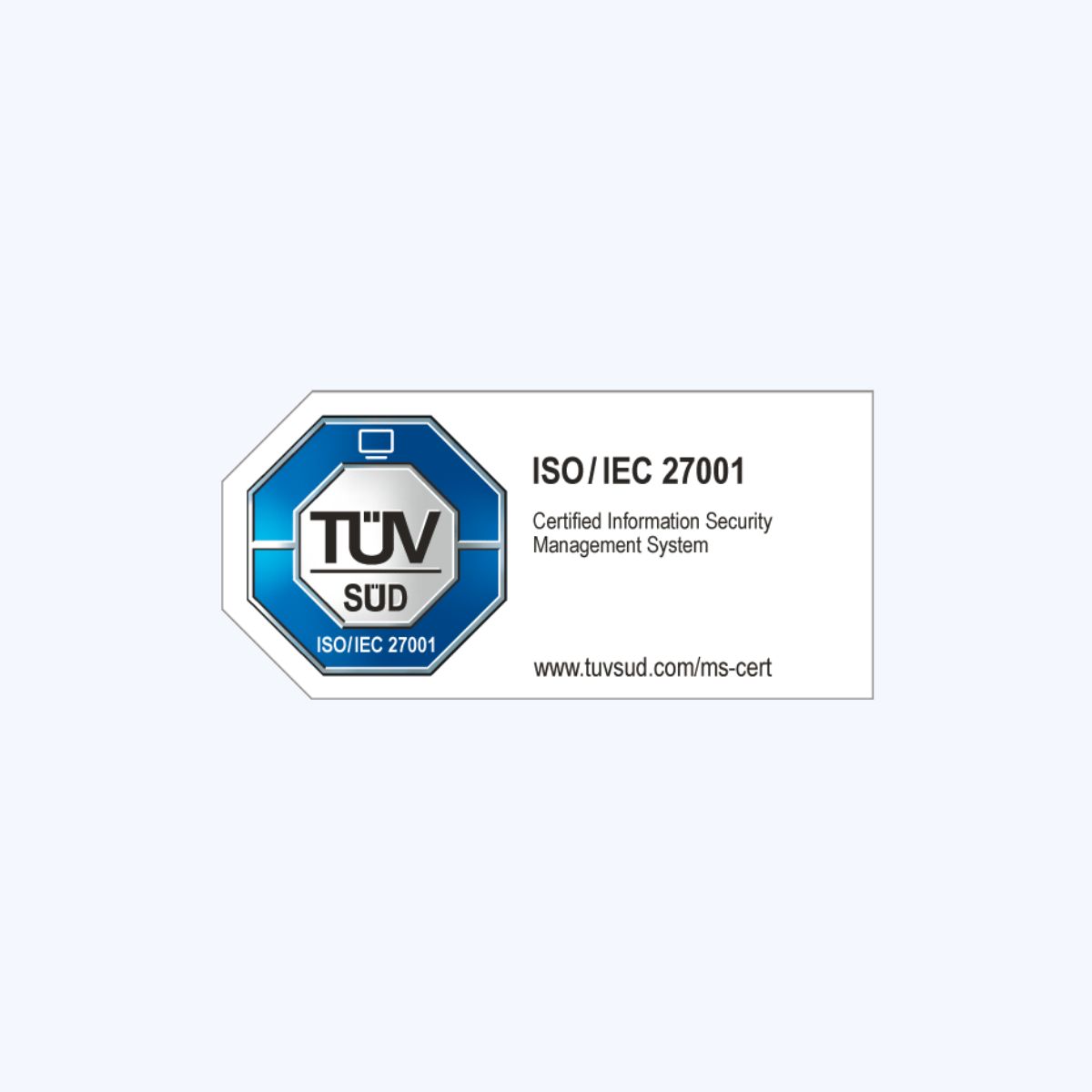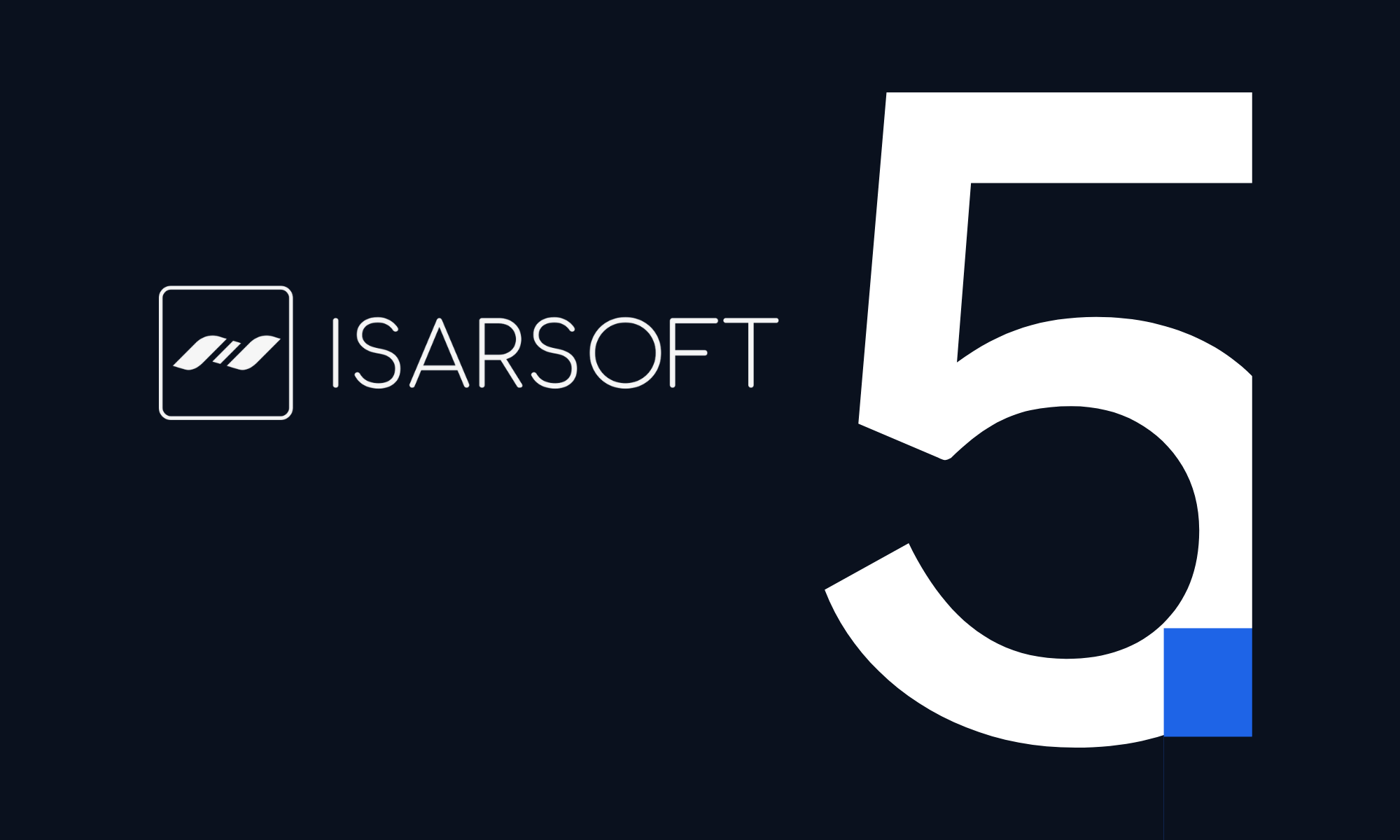Airport Curbside Tracking: Real-Time Monitoring, Auditing, and Efficiency Solutions
Discover how Isarsoft’s airport curbside monitoring solutions enhance operations, reduce congestion, improve passenger flow, and boost security.
Published
April 30, 2025

Curbside zones are the critical arteries of airport ground operations. Every day, thousands of vehicles pass through pick-up points, drop-off areas, taxi stands, and ride-share lanes — and the pressure on these spaces is growing rapidly.
Airports are experiencing increased traffic, stricter security measures, and rising passenger expectations. However, many airports continue to rely on signage and manual inspections. This reliance often leads to congestion, delays, and a decline in passenger experience.
Poor curbside management costs airports money. Traffic jams raise expenses, create security risks, frustrate passengers, and, over time, can also hurt the airport’s reputation.
What is Curbside in Airport?
Curbside in an airport refers to the area outside the terminal where passengers are picked up or dropped off. Modern airports utilize smart curbside monitoring, which enhances standard cameras with AI to detect unauthorized stops, excessive dwell times, unattended vehicles, and congestion.
This technology not only improves safety and security but also provides operational insights, such as real-time taxi stand monitoring to meet Service Level Agreements (SLAs) and modal split analysis that tracks how passengers use cars, taxis, buses, and rideshares.
By automating alerts and analyzing patterns, curbside operations shift from reactive traffic control to proactive, data-driven management that optimizes efficiency, space use, and the passenger experience.
Why Intelligent Curbside Management is Urgent
Curbside zones are the critical arteries of airport ground operations. Every day, thousands of vehicles pass through pick-up points, drop-off areas, taxi stands, and rideshare lanes — and the pressure on these spaces is growing rapidly.
Yet many airports still rely on signage and manual inspections, leading to congestion, delays, and a poorer passenger experience.
Poor curbside management:
- Raises operational costs.
- Increases security risks.
- Frustrates passengers.
- Damages airport reputation over time.
According to the Airport Service Quality (ASQ) Survey, every 1% increase in passenger satisfaction delivers a 1.5% increase in non-aeronautical revenue (NAR). Improving experiences at critical touchpoints like curbside check-in is not just a service upgrade — it’s a revenue driver.

The Hidden Forces Behind Curbside Congestion
Curbside areas require dynamic and real-time management changes. It includes both safety and traffic flow optimizations while ensuring a smooth passenger experience.
Key drivers of today’s curbside bottlenecks include:
- Parking violations
More drivers wait at curbs to avoid short-term parking fees, often ignoring posted time limits or stopping in unauthorized areas — resulting in frequent illegal parking incidents.
- Difficult coordination of mobility service providers
Traditional taxi stand systems were not designed to handle the volume and variability introduced by modern mobility platforms like Uber and Lyft.
- Traffic peaks
Flight delays, seasonal surges, and weather disruptions can overwhelm curbside capacity within minutes, causing severe congestion.
- Limited situational awareness
Without proactive curbside detection, enforcement teams are forced to react only after issues escalate, making it harder to maintain flow and compliance.
- Heightened security protocols
Strict regulations around unattended vehicles and restricted zones mean that even minor infractions can trigger serious security incidents.
Explore Isarsoft Solutions for Airports
Why Airports Trust Isarsoft for Curbside Monitoring
Isarsoft Perception delivers a comprehensive video analytics solution for modern airport curbside management. Key benefits include:
Dynamic Traffic Flow Optimization
By analyzing vehicle movements as they happen, Isarsoft Perception empowers airports to adjust operations instantly, preventing congestion and smoothing traffic patterns.
Automated Violation Detection
The system automatically identifies illegal or overstayed parking and enables enforcement staff to take action proactively.
Enhanced Security Compliance
Real-time alerts make it easy for security personnel to track certain vehicles that may be making suspicious movements. This helps resolve incidents effectively and on time.
Data-Driven Decisions
With Isarsoft Perception, airport authorities can access detailed reports and interactive dashboards. These tools provide valuable insights from both historical and real-time data, analyzed using modern data mining techniques to support better decision-making.
Cost Efficiency
Utilizing existing camera infrastructure saves airports from purchasing costly new equipment, maximizing ROI.
Case Study: The Challenge of an International Airport
Challenge
Jackson Hole Airport faced operational challenges due to irregular vehicle volumes at the terminal curb. These fluctuations caused frequent congestion and recurring parking violations, affecting traffic flow and passenger safety.
Curbside Parking Violations
Vehicles often stopped in unauthorized areas along the curb, particularly in pick-up and drop-off zones. These violations created safety concerns and contributed to delays.
By integrating a video-based monitoring system, the airport was able to:
- Identify vehicles that stopped outside designated areas.
- Track how long each car remained stationary.
- Send real-time alerts to enforcement personnel.
- Aggregate data into structured reports to support traffic policy updates.
Result:
The airport reduced response times to violations, increased adherence to stopping rules, and lowered the need for continuous manual monitoring.
Read the Full Case Study
Taxi Stand Oversight

www.isarsoft.com/article/
ai-in-traffic-management
Unpredictable taxi arrivals and a limited waiting area often led to backups during busy periods. This reduced the efficiency of curbside turnover and created logistical challenges for drivers and passengers.
The monitoring system provided tools to:
- Track the number of taxis in line at any given time.
- Flag non-taxi vehicles occupying the stand.
- Measure wait and dwell times to evaluate turnover.
- Notify staff automatically when queue thresholds are reached.
Result:
Airport staff could effectively manage the taxi stand, improving vehicle circulation and reducing congestion during peak hours.
See It in Action: Parking Lot Case Study Video
To improve safety and efficiency in parking facilities, Isarsoft Perception delivers real-time insights through advanced space monitoring, violation detection, and data-driven enforcement.
A short video illustrates these capabilities in a parking lot environment, providing a clear example of how the system performs beyond traditional traffic scenarios.
What’s Next for Smart Airport Curbside Management
As airports modernize, curbside management evolves from reactive control to predictive, data-driven systems. Several trends are shaping this shift toward smarter, more responsive airport mobility:
Predictive Traffic Management
Advanced models of AI are now widely used to forecast congestion by analyzing historical patterns, real-time sensor feedback, weather conditions, and even flight schedule data. As discussed in our AI in Traffic Management article, these insights enable airport operations teams to act before small delays turn into major disruptions.
Example:
Singapore Changi Airport uses predictive analytics to dynamically allocate resources and reduce waiting times at immigration and traffic touchpoints, helping streamline ground operations before peak surges occur.
Source: Electronics For You
Smart City Infrastructure Integration
Airports are increasingly functioning as interconnected hubs within larger mobility ecosystems. Integrating municipal traffic systems enables more agile curbside control through shared data and coordinated responses.
Example:
Amsterdam Schiphol Airport is testing self-driving mobility vehicles designed for passengers with reduced mobility, demonstrating its efforts to enhance the travel experience through innovation and smart system integration.
Source: Schiphol Group Newsroom
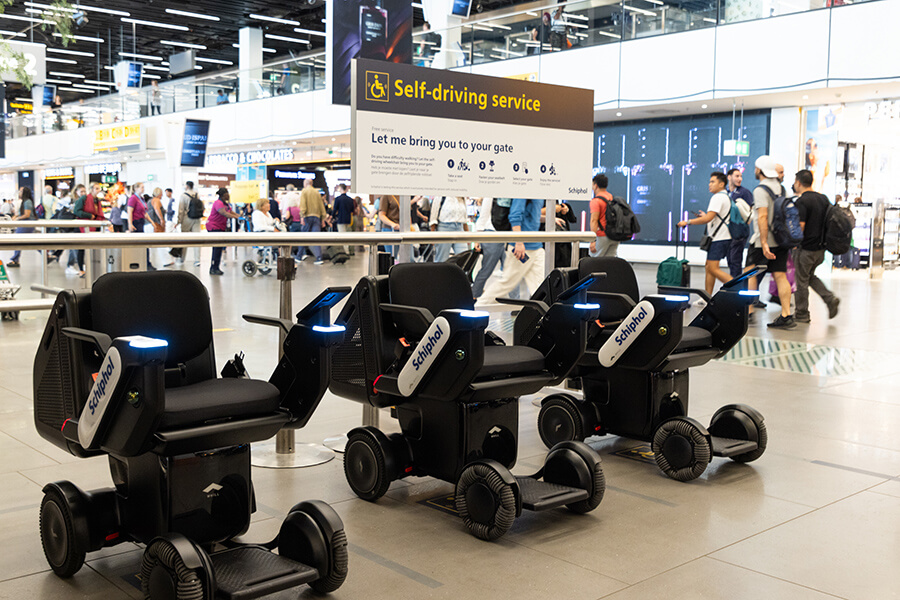
Automated Curbside Access Control
Parking curb zones are becoming part of intelligent mobility systems that restrict taxi, ride-sharing, and private car access by vehicle type. These systems can respond in real time to demand and are compatible with regulated pricing frameworks designed to change behavioural patterns.
Example:
Los Angeles International Airport (LAX) is developing a smart traffic access control system as part of the $5.5 billion Landside Access Modernization Program (LAMP) to improve traffic flow and mitigate congestion within the airport.
Source: Parsons
Advanced Passenger Behavior Analytics
AI-powered video analytics reveal how passengers interact with curbside zones — from how long they wait to how families, business travellers, and passengers with mobility needs navigate arrivals and departures. These insights empower airports to design curbside areas that are more efficient, inclusive, accessible, and welcoming for every traveller.
Ready to Optimize Your Airport's Curbside Operations?
The airport is becoming more efficient and reliable with every innovation implemented in curbside management.
Technological advances such as Isarsoft Perception enable airports to move curbside management from a responsive to a proactive model, increasing traffic ease, security, and passenger satisfaction.
Schedule a demo with Isarsoft today and experience the future of curbside management.
Optimize your business processes.
Utilize Isarsoft’s intelligent video analytics to optimize operations and tracking footfall traffic in real time.

